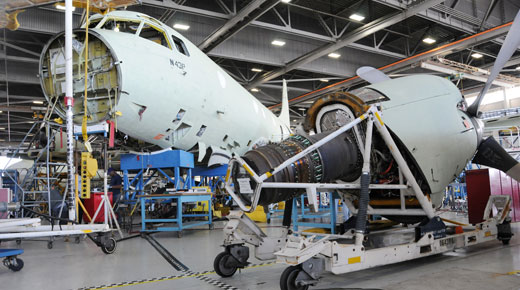Boeing is demanding its suppliers reduce their prices by 10 percent, according to a February 2018 article published in Bloomberg Businessweek. It’s a hard pill for many to swallow, given that that these cuts are on top of the roughly 15-percent cuts demanded in 2012, when the company launched its Partnering for Success program.
|
ADVERTISEMENT |
Boeing programs like the Dreamliner ran into massive cost overruns due to delayed delivery and poor-quality components produced by its suppliers. This led the aerospace giant to compensate by demanding price decreases and improved quality from its suppliers.
The pressure has many aerospace suppliers wondering how they can remain profitable, especially as original equipment manufacturers (OEMs) also look to expand their own aftermarket maintenance and repair services.
…

Add new comment